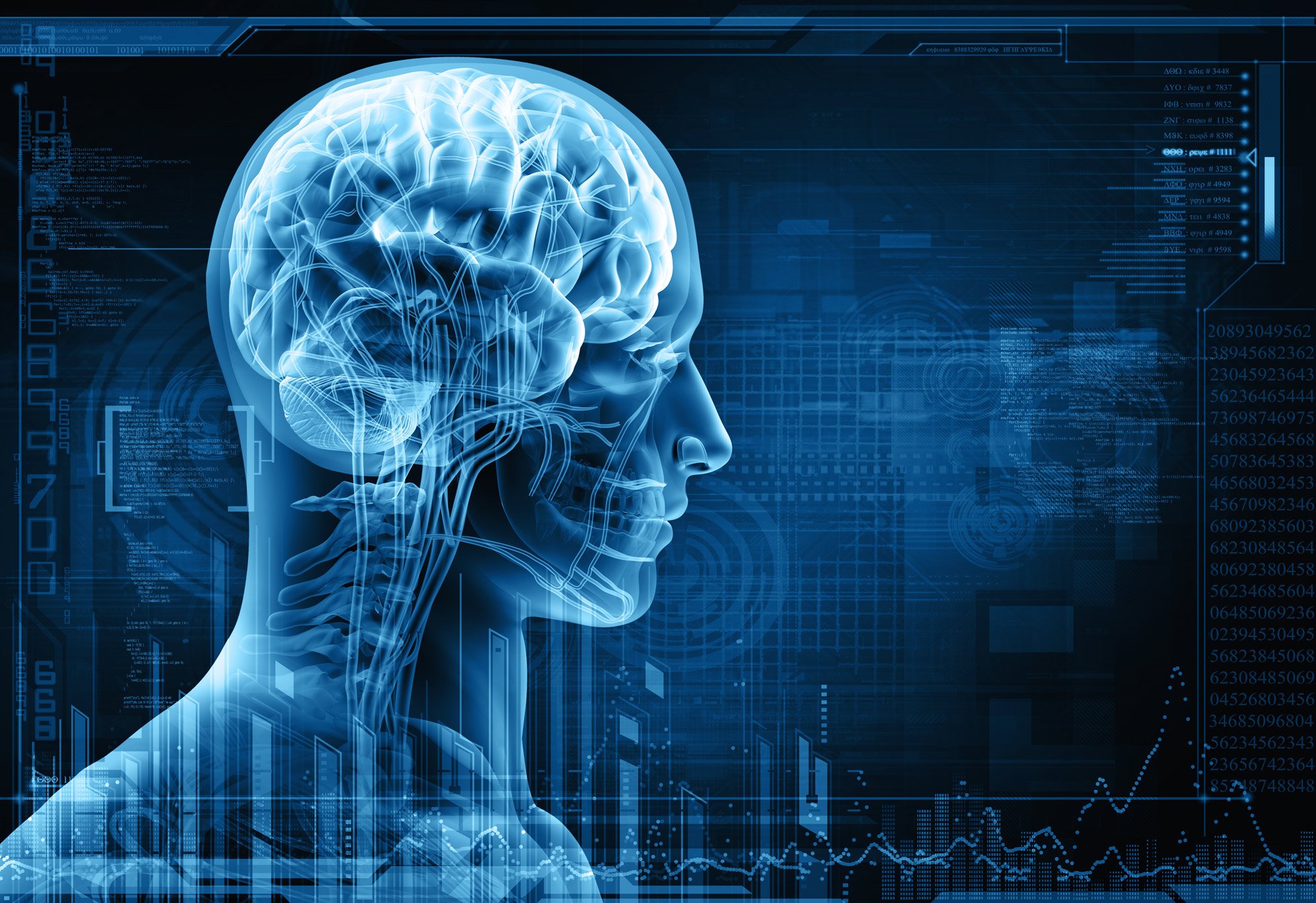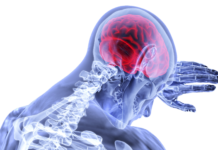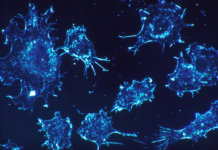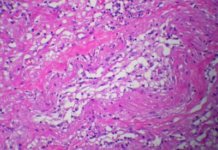Researchers from the Albert Einstein College of Medecine in New York managed to prove that the hypothalamus, a small part of the brain located in the central nervous system and already known for helping with growth and development, is somehow responsible for aging. Studying it could be key in the fight against aging.
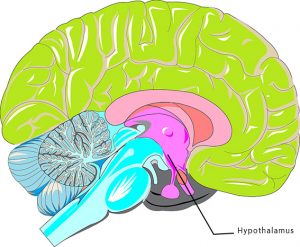
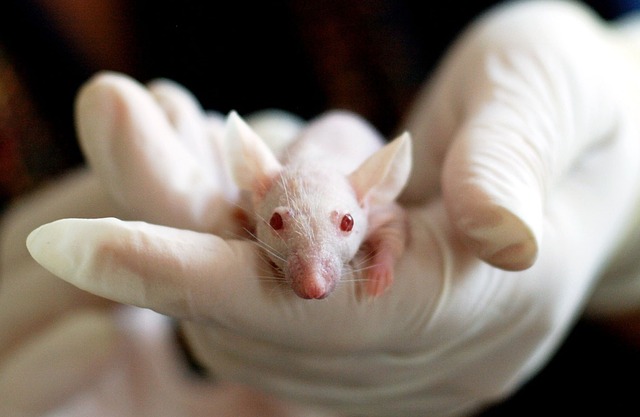
For this study, experiments were conducted on the hypothalamus of mice. First, researchers looked at the immune response of the hypothalamus, since it is known to trigger symptoms like weight gain and hypertension, which are strongly associated with aging. Previous studies proved that a protein, NFkB and its modulating kinase IKKB, were responsible for the immune response of the hypothalamus. By observing mice of different ages, researchers have noticed that this protein was not active in young mice, but became activated in middle-age mice and that older the mice, the more the protein was activated, and the more significant its role became in the aging process. Simultaneously, the research team tried to define if the inhibition of NF-kB/IKKB could trigger an “anti-aging” effect, what they managed to prove after a series of experiments activating/inhibiting both proteins.
By taking the research on these activations one step further, researchers found that they also triggered the inhibition of one hormone, GnRH, whose role is to regulate sexual and reproductive hormones. They proceeded to check if that hormone, linked to NF-kB/IKKB was responsible for aging. By injecting older mice with GnRH, the researchers came to the surprising conclusion that it was responsible for neurogenesis (the formation of new neurons) no matter the age of the subject. However, aging is characterized by a slower neurogenesis ; GnRH would then slow down aging [1].
Later on, in 2017, the same team identified stem cells which, in aged mice, are less and less present. In order to better understand their role in the aging process, those stem cells were removed from the mice models, with significant results: the mice aged and died much faster than normal. The explanation favored by the team was that the molecules the steam cells released via exosomes, small non-coding RNAs called microRNAs (miRNAs) had an effect on aging. Interestingly, when the researchers injected those exosomes directly into the hypothalamus of two middle-aged mice types (with and without the stem cells) the aging process considerably slowed down in the physical sense (tissue analysis, muscle resistance and coordination) as well as in the behavioural sense (social behaviour and cognitive capabilities).[2]
In conclusion, by studying the hypothalamus, these studies allowed to prove that it is a the heart of very promising leads in the fight against aging: inhibiting NF-kB/IKKB proteins in order to maintain GnRh production, and understand how the miRNA contained in stem cells slow down aging, in order to fight the health conditions linked to aging and thus push back aging as much as possible.
Arthur Michaud

Author
Auteur
Arthur studies biotechnological engineering at Sup’Biotech.
More about the Long Long Life team
Arthur étudie l’ingénierie des biotechnologies à Sup’Biotech.
En savoir plus sur l’équipe de Long Long Life
Sources :
[1] Guo Zhang, Juxue Li, Sudarshana Purkayastha, Yizhe Tang, Hai Zhang, Ye Yin, Bo Li, Gang Liu, and Dongsheng Cai (2013). Hypothalamic programing of systemic aging involving IKKB/NF-kB and GnRH. Nature.
[2] Yalin Zhang, Min Soo Kim, Baosen Jia, Jingqi Yan, Juan Pablo Zuniga-Hertz, Cheng Han and Dongsheng Cai (2017). Hypothalamic stem cells control ageing speed partly through exosomal miRNAs. Nature.


